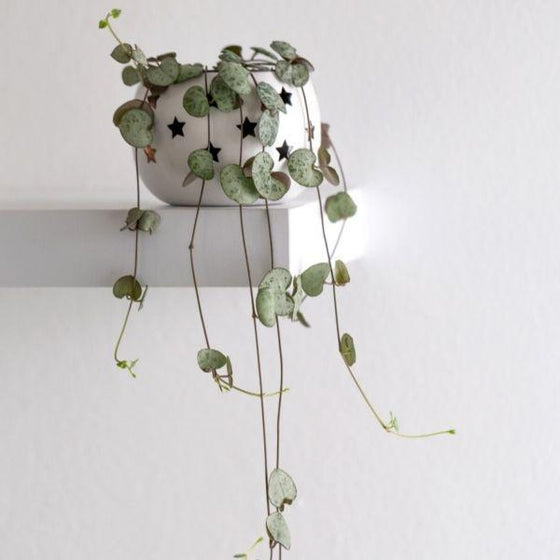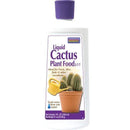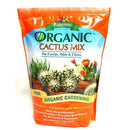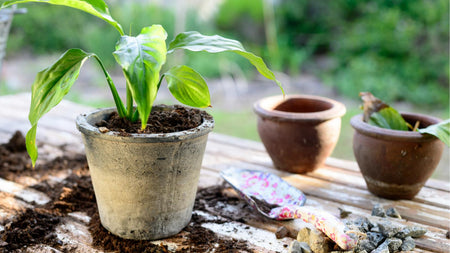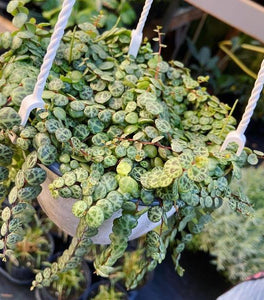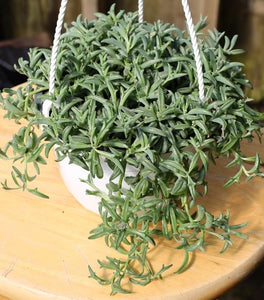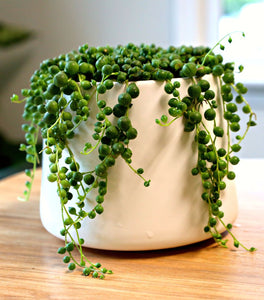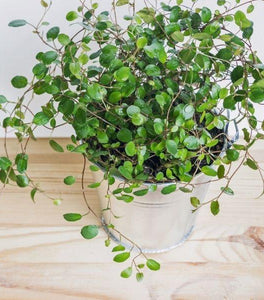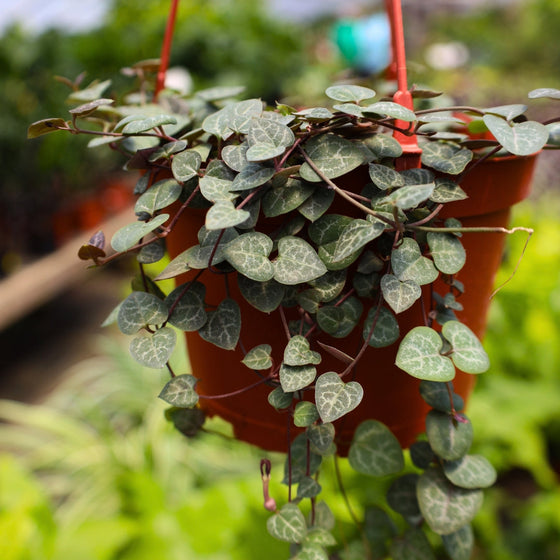
Images Depicted Range in Maturity & Container Size
Pots & Decorations Not Included Unless Otherwise Stated
String of Hearts Plant for Sale Online
Ceropegia woodii, commonly known as String of Hearts Plants or chain-of-hearts, is a creeping succulent vine. It is native to the drier parts of southwest Africa. In its natural environment, its stems trail on the ground, rooting where they touch and forming dense mats. It often avoids direct sunlight by growing in the shade of other plants and rocks.
How to Care for String of Hearts Plants
Before you buy a String of Hearts plant, make sure to read about the care instructions that are required and recommended to keep this plant healthy and thriving.
-v1592331068085.png?89x89)
What type of light is best for String of Hearts?
We recommend placing your String of Hearts plant near a south or west facing window for optimal growth. This low-maintenance plant enjoys bright, indirect light, but can tolerate small doses of direct sunlight. Avoid placing your String of Hearts plant in direct sunlight for long periods of time which can result in scorched leaves. We don't recommend placing your plant in low light areas.

What is the best soil for String of Hearts?
This semi-succulent plant enjoys well-draining soil to avoid root rotting. We recommend using an average potting soil with sand or a succulent-mix to make your plant happy! Avoid using soil that retains too much moisture which is guaranteed to kill String of Hearts.
When should I water String of Hearts?
Due to String of Hearts succulent-like nature, we recommend allowing the soil to dry out between watering. A good rule of thumb is to allow the soil to dry 2 to 3 inches before re-watering. If you're unsure if your plant needs water - wait it out until you're completely sure. During the winter, allow your plant's soil to completely dry out during the dormant season.
When should I fertilize String of Hearts?
We recommend fertilizing your String of Hearts plant during the spring and fall season to encourage optimal growth. Use an organic houseplant fertilizer or a slow release fertilizer from any local gardening store. This plant doesn't need to be fertilized during the winter dormant season.


